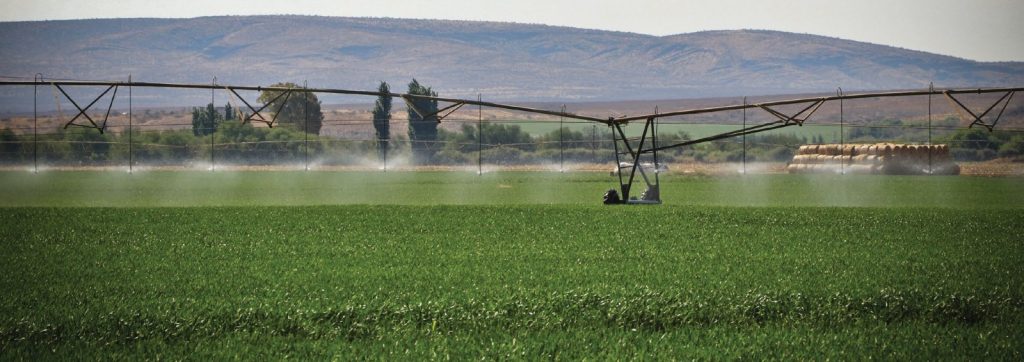
By: Annakleta Haikera
A recent visit by The Villager newspaper to the seven green schemes in the Kavango regions has revealed growing concerns among local farmers and residents.
Many believe that without better infrastructure and modern equipment, these schemes will continue to operate below capacity and fall short of contributing meaningfully to Namibia’s food security goals.
At the Sikondo Green Scheme, villagers report that nearly half the land remains unplanted. Some say parts of the land is reserved for animal feed, but they question why it cannot instead be allocated to locals to grow food for their families.
Meanwhile, at Uvhungu-Vhungu, small-scale farmers say they suffered losses this year, largely due to the absence of a combine harvester. Farm manager Floris Smith confirmed that the scheme is operating at only 50% capacity, despite ongoing efforts to sustain maize production.
Currently, Uvhungu-Vhungu, Sikondo, and Ndonga Linena schemes lack their own milling plants. As a result, harvested produce must be transported to Shadikongoro for processing; adding costs and causing delays.
“If these three schemes had their own milling plants, it would cut down on transport costs and speed up production,” said Markus Kambonde, a resident of Sikondo.
At Ndonga Linena, small-scale farmers claim the commercial section of the scheme is thriving while they are left behind. They blame poor harvests on the farm manager’s alleged failure to prioritise their needs. However, farm manager Janno Rentel dismissed the allegations, saying, “There’s a lot of blame-shifting.
“For instance, they accused me of sabotaging their wheat seeds, but the delivery person mistakenly gave me seeds meant for small-scale farmers,” he said.
Despite ongoing disputes, the harvest of maize crop is still underway, albeit unusually late for this time of year.
“How can this be considered a good harvest when it’s already July and maize is still standing in the field?” asked farmer Warrent Kamwi.
“I’ve planted carrots, but many others couldn’t plant anything because they didn’t receive seeds. Their fields are brown; this is clearly not a good season,” he added.
At Mashare Green Scheme, farm manager Albert Basson said they are looking forward to a promising blueberry harvest.
Meanwhile, the maize has been harvested, and the farm is still deciding which cereal crop to plant next season.
In contrast, Shitemo Green Scheme has been non-operational for the past four years due to critical challenges, including the theft of electrical cables, a complete lack of water for irrigation, and overgrown grass that has rendered the land unusable.
The current situation paints a mixed picture of the region’s agricultural potential.
While some efforts are being made, many of the green schemes continue to underperform due to underinvestment, poor infrastructure, delayed services, and weak coordination between farm management and local producers.
Out of the seven green schemes situated in the Kavango Region, state-run Shadikongoro Green Scheme is a key processing hub among the four government farms, despite also not having its own combine harvester.
Without targeted interventions and stronger support, these green schemes may continue to fall short of their goal of feeding the nation.









